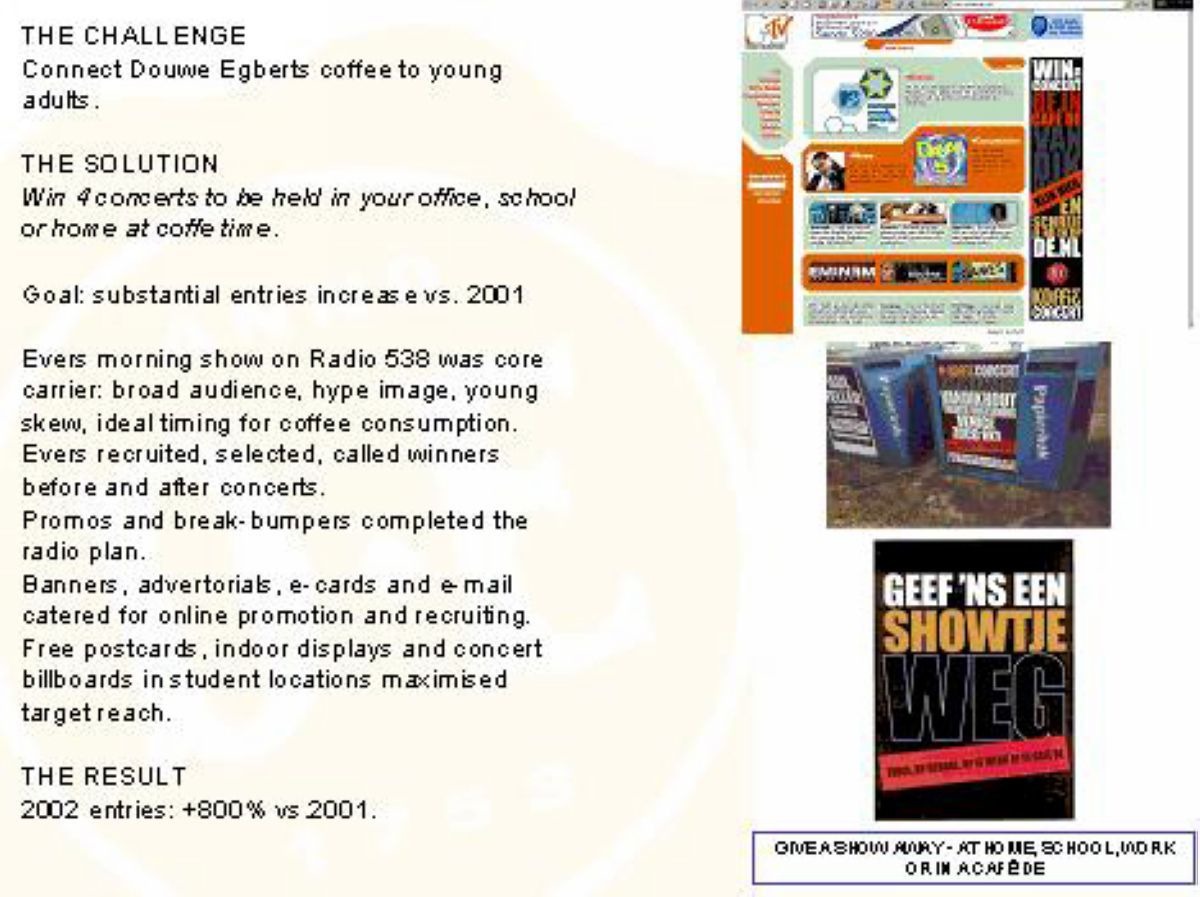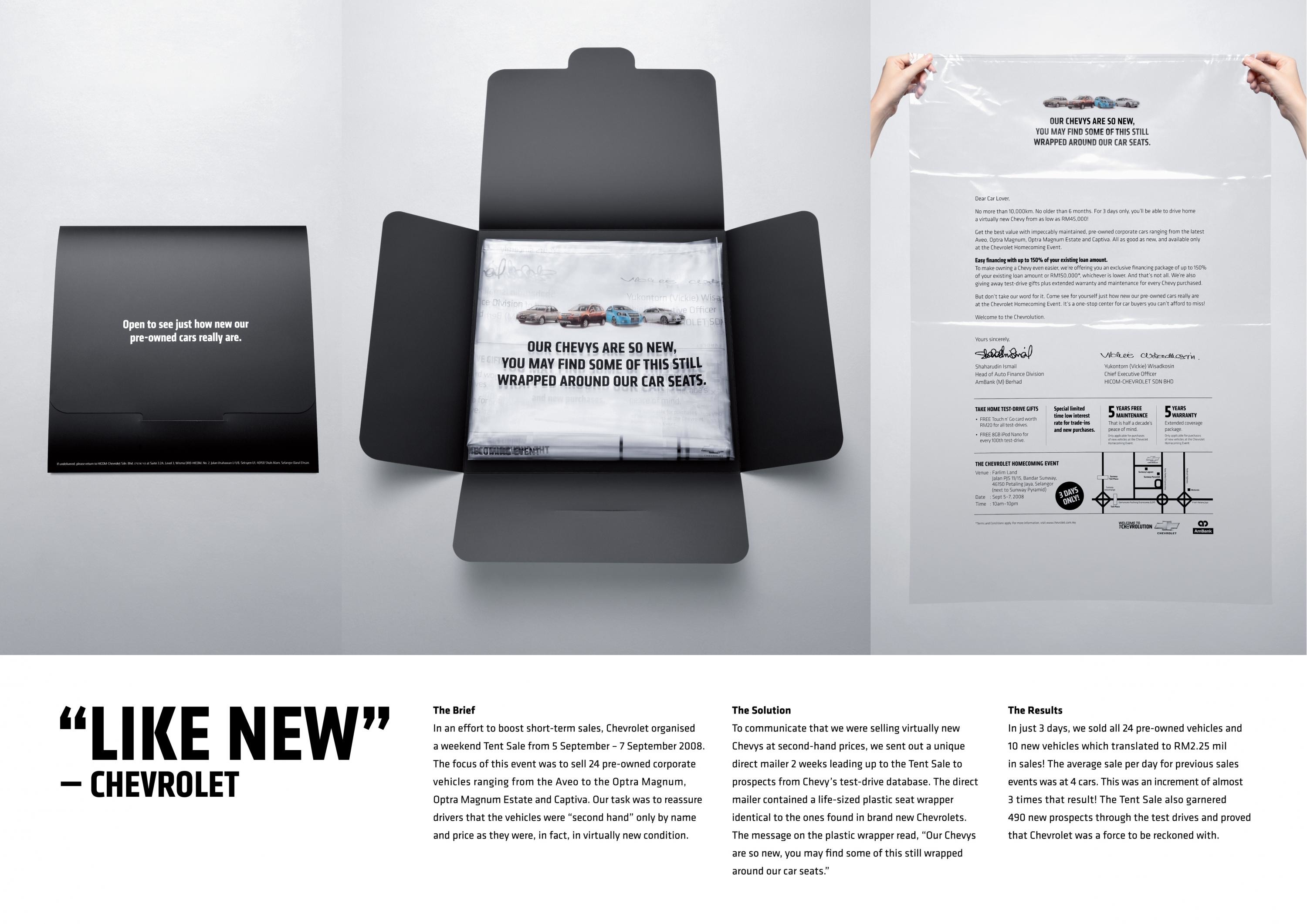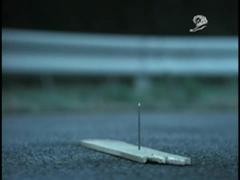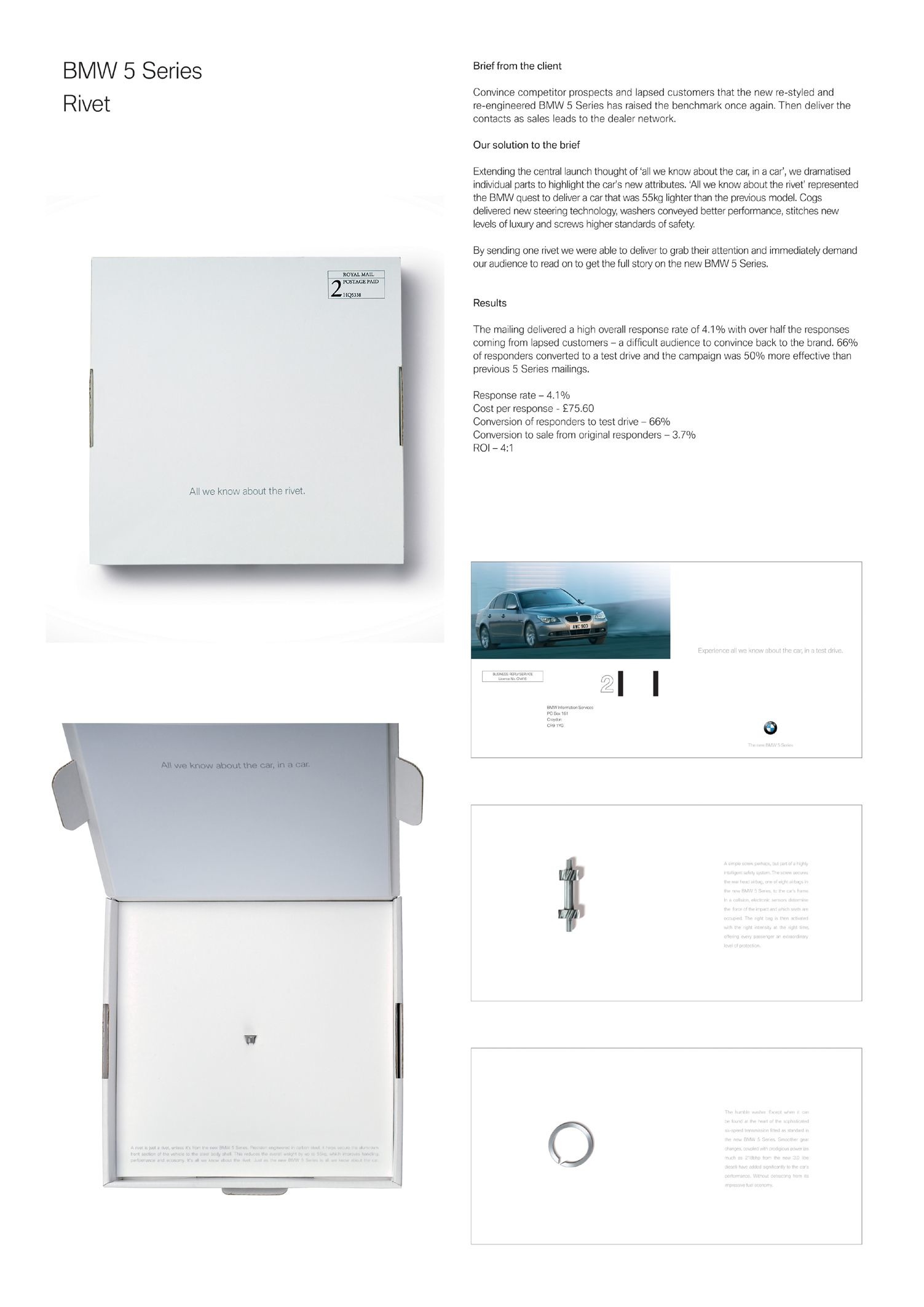Cannes Lions
MINI
WCRS, London / BMW / 2002


Overview
Entries
Credits
OVERVIEW
Description
Production Company/Stark FilmsDirector/Colin GreggProduction Company Producer/Greg JordanLighting Camerman/Giles NuttgensAdvertiser's Supervisor/Emma Scammell MINI is one of Britain's best loved brands. It had become a British icon, a national treasure and almost everyone had their very own MINI experience. The communication goals for the launch campaign were to build on this existing brand equity. However, communication also needed to win over a new, younger, more affluent market for MINI and establish the car in a modern context. Communication needed to establish a compelling, premium position that had longevity without alienating the old Mini fans. Research had suggested that the reason people felt so positively towards the MINI brand was because it had so much personality. All communication had to reflect this personality and have MINI and nothing else as the hero. How MINI communicated was as important as what MINI communicated. MINI had to be different and innovation was seen as key, with all communication the goal was to do something different, to do something another car couldn't or wouldn’t and to make people smile. The traditional product adoption curve was used as a media template to ensure the right people were reached at the right time throughout the launch period. Therefore guerrilla media (eg presence at music festivals) was used in the period leading up to the launch of the car to reach the 'innovators' and 'early adopters'. Cinema played an important part in the media mix being used pre-launch to target the affluent young and press activity within style magazines was also used to communicate with this 'early majority'. Press activity shunned the traditional car launch DPS and colour pages to use fractional sizes which allowed us to develop the feel of a far bigger campaign. Given our need to do things differently and our aim to establish the car once more in modern life, on-line activity emerged as an important communication channel. MINI became the first brand to digitally stream a TV Ad and in another first, innovative eyeblaster treatments hijacked homepages. With the belief that a potential MINI owner would be either pre or post children, activity after the initial launch period concentrated on a dual target of 18-34 and 45+. This 'late majority' were targeted through a wider press campaign which used national press titles as well as more mainstream monthly magazines. An innovative outdoor execution, which carried life-sized models of the car scaling buildings, was also used to target the broader audience. TV was also used to target the 'late majority' and Cold Feet was seen as a perfect programme to target the MINI audience. As well as being a hugely popular programme amongst the target Cold Feet was a convergent fit with the brand values and personality that MINI was trying to communicate. Rather than simply advertising within the programme along with countless other car brands sponsorship was used to achieve a higher frequency of communication with the target and develop a real connection between MINI and Cold Feet. The media team proposed the idea of a sponsorship campaign for the MINI brand in order to address the problems presented by a shortage of suitable TV programming which resulted in a weaker than expected broadcast presence for MINI against its defined target. The media team spent time identifying a sponsorship opportunity that would not only effectively and efficiently target the MINI audience but also accurately reflect the brand values of MINI. In assessing sponsorship opportunities the media team considered the established creative route and looked at how it may be extended to credibly incorporate a link with the sponsored programme. The sponsorship campaign raised awareness amongst the MINI target - an audience who are notoriously hard to communicate with and extremely light watchers of television. But as well as simply raising awareness the campaign also supported and developed the existing creative route and launch campaign whilst re-enforcing the brand values of MINI through association with the programme. Given that a primary goal for communication was to establish MINI in ‘modern day life’, linking with a programme that is known for reflecting the lives and interests of out target worked very well. Creatively, the campaign was executed in a humorous and watchable manner, which appealed to the target audience.
Execution
The media team proposed the idea of a sponsorship campaign for the MINI brand in order to address the problems presented by a shortage of suitable TV programming which resulted in a weaker than expected broadcast presence for MINI against its defined target. The media team spent time identifying a sponsorship opportunity that would not only effectively and efficiently target the MINI audience but also accurately reflect the brand values of MINI. In assessing sponsorship opportunities the media team considered the established creative route and looked at how it may be extended to credibly incorporate a link with the sponsored programme.
Similar Campaigns
12 items






